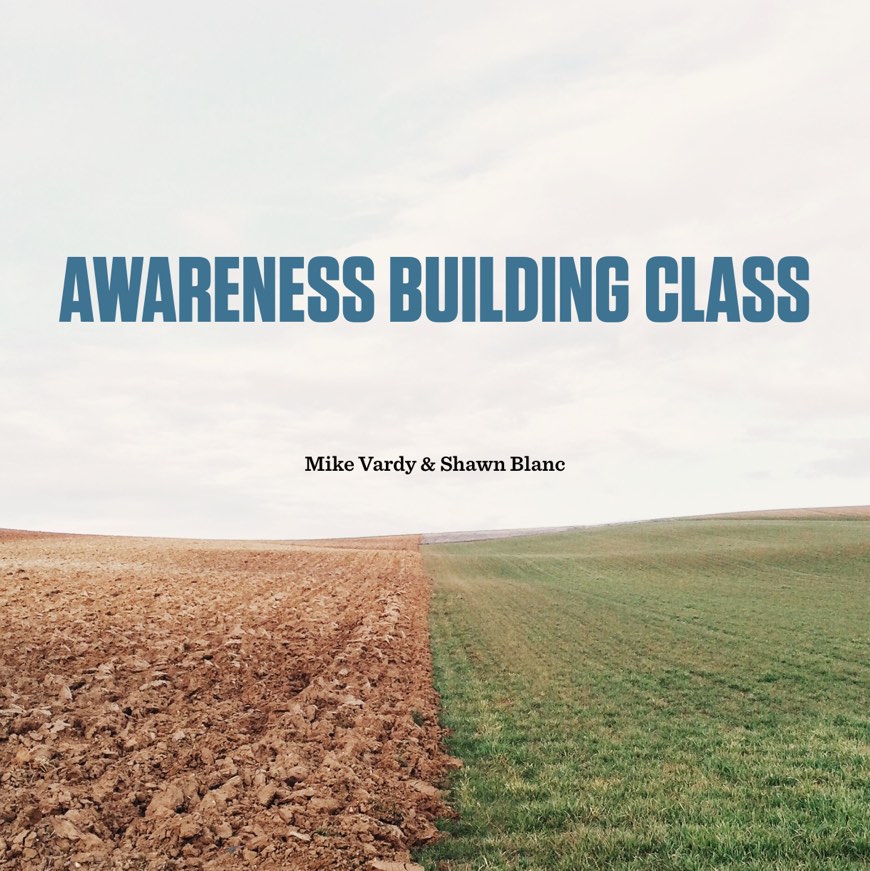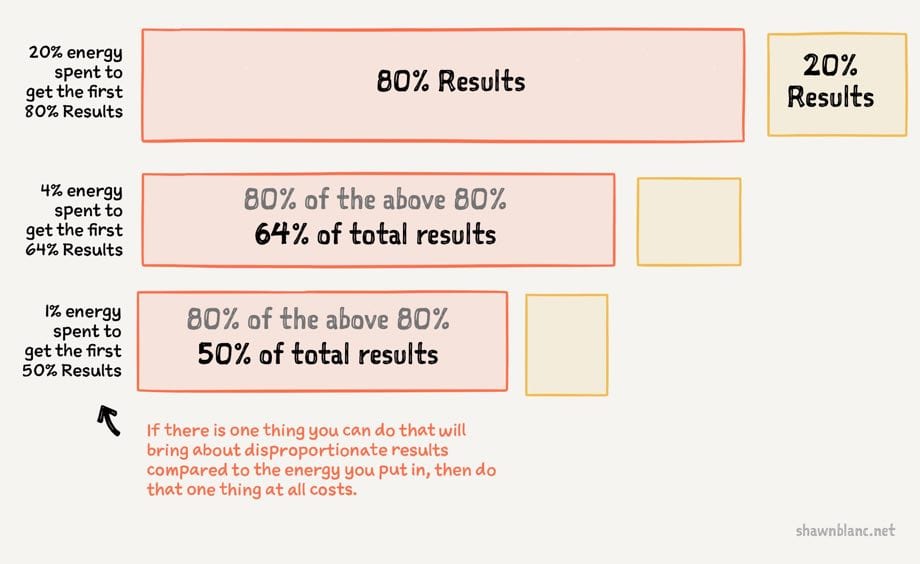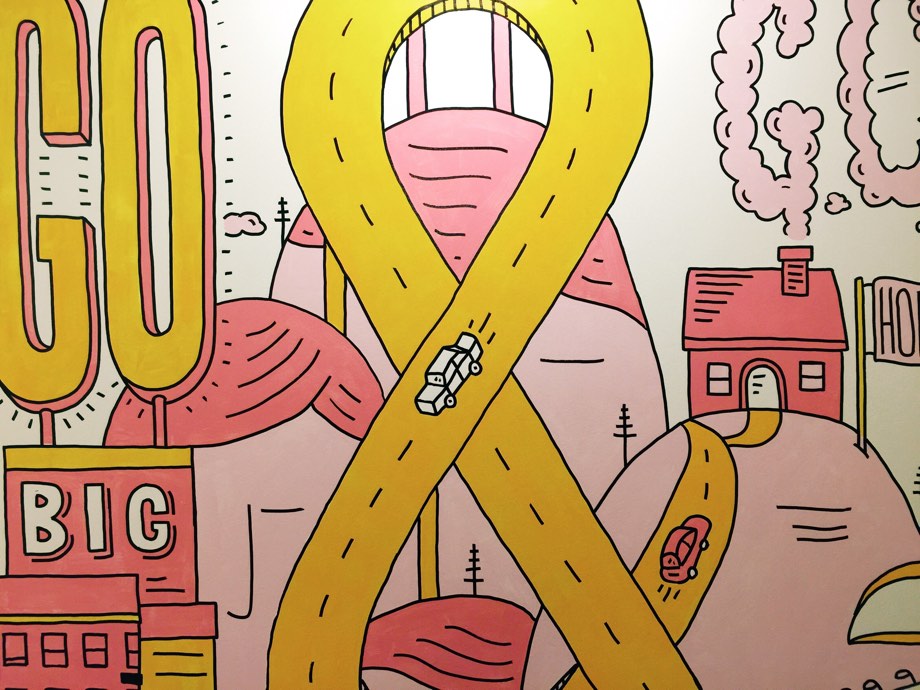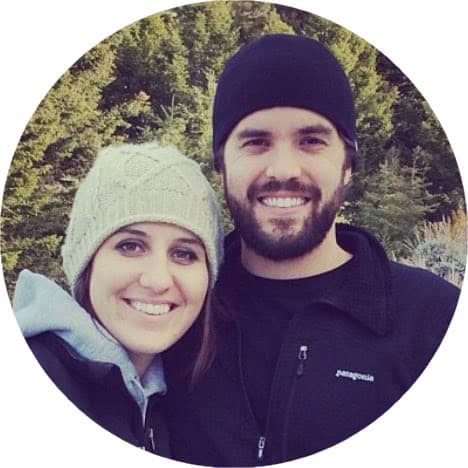About a month ago I came across this 99u video of Cal Newport talking about skill versus passion. What he had to say really struck home for me. Particularly his thoughts on what he calls Deep Work.
If you’ve read the book So Good They Can’t Ignore You, what Newport calls Deep Work in his 99u video he calls Intentional Practice in his book.
And, it’s not an entirely new idea. Deep Work / Intentional Practice is similar to what Mihaly Csikszentmihalyi calls Flow.
What I love about Newport’s ideas on Deep Work is how he focuses it on the “knowledge worker”. I’ve read much about intentional practice and finding flow and most people discuss how it relates to athletes and musicians. But not many talk about how it relates to designers, writers, photographers, and entrepreneurs.
If you’re a writer, business owner, designer, freelancer, or podcaster, what does intentional practice look like for you?
Not sure? Don’t worry. You’re not alone…
In an article about Deep Work, Newport states that most knowledge workers are bad at working. Consider this…
Chess players know how to study chess, practice their skills, and systematically improve their game.
Musicians know how to study, practice, and systematically improve their skills with their instrument.
Athletes have a daily routine for systematic strength building and skill development.
But knowledge workers? Well, we spend most of our day checking email. D’oh!
* * *
As I mentioned above, there are a lot of folks who’ve written about the value of intentional practice / deep work. Not everyone uses the same language, but we’re all trying to solve the same issue…
You’ve got Csikszentmihalyi’s studies on Flow, Newport’s proposals for Deep Work, George Leonard’s keys to Mastery, Steven Pressfield’s writings about Resistance, Greg McKeown’s advice for Essentialism, Gary Keller’s action plan to focus on The One Thing, Charles Duhigg’s writings on habits, and Seth Godin’s advice to the Linchpins. To name a few.
In essence, the idea is that you need focused, uninterrupted time every day to do work that is both important and difficult.
Let’s say that again. You need…
Focused time.
Un-Interrupted Time.
Every Day.
Doing Important Work.
Doing Difficult Work.
If you spend all your day doing shallow work (meetings, emails, social networks, casual blog reading) then you’ll never build up your knowledge skill. You’ll never progress as a knowledge worker. You’ll never get breakthrough in your work.
As someone who writes for a living, I agree wholeheartedly.
By far and away, the most important time of my day is when I’m writing. And the most rewarding times of my day have been those when I am focused on an idea or topic and challenging myself to find a solution to a problem.
If I had to give one single piece of advice related to what I call Meaningful Productivity it would be this:
Make a routine of showing up every day to do your most important work.
It feels novel to focus on the “show up every day” part. But what about the “most important work” part?
Do you know what your most important work is?
What is the one thing that, if done today, will move the needle forward in an area of your life or business that matters deeply to you right now?
One of the most significant challenges when it comes to finding flow every day is knowing what to do. It’s one thing to show up. It’s another thing to make the most of your time.
If you have a plan for your Deep Work then it will remove a significant layer of activation energy.
This is why I always write out tomorrow’s most important task before I call it quits for the day. So that when I begin my day, the plan of action has already been established.
And this brings us to something I want to share with you…
The Awareness Building Class
Next Tuesday, October 20th, my friend Mike Vardy and I are launching something awesome.
Mike is a good friend of mine. He is also a writer, speaker, and productivity strategist.
Mike was one of the small handful of people I personally reached out to when enlisting help and feedback as I was building The Focus Course earlier this year.
Since launching The Focus Course a few months ago, the feedback has been far beyond what I expected. And thus I have found myself putting more and more time and energy into making the course even better.
(For example, in a few weeks I’m going back to the studio to record 40 additional videos to accompany the course. I’m also in the process of developing a coaching curriculum based on the 40-day progression of the Course.)
Something else I’m doing to make the Course even better is what Mike and I have been working on…
It’s a 5-part series of audio teachings filled with real-life stories and actionable advice to help you stop guessing and start going.
What’s nifty about The Awareness Building Class is that it’s been strategically designed to go side-by-side with The Focus Course.
All 5 of the Class sessions fit in line with the key themes of The Focus Course — such as clarity, action, integrity, productivity, and meaning.
And here’s what’s even MORE cool:
The Class will be available FOR FREE to everyone who signs up for The Focus Course before October 26.
After the 26th, the Awareness Building Class will be available as a standalone product for $79.
All of you who have already signed up for the Focus Course: you’ll also get the Awareness Building Class for free (I believe in treating yesterday’s customers just as good as today’s).
You can read more about the Awareness Building Class right here.





